
Milk Alternatives: Ingredients, Convenience, Taste and Nutrients
Dec 18, 2023| By JOI team
Dec 18, 2023| By JOI team
Milk Alternatives: Ingredients, Convenience, Taste and Nutrients
Almond-Base | Cashew-Base | Creamer-Base | Dairy-Free | Health+Wellness | Oat-Powder | Vegan | Vegetarian |
Almond, Cashew, Soy, Coconut, Macadamia, Oak, Flax and Hemp Milk… The plant milk alternatives seem to be endless!
Just like athletes have muscle memory to throw a ball, dietitians have muscle memory to turn food packages around to the Nutrition Facts label! While calories, fats, and carbohydrates are important factors to consider, what truly counts is what you’re putting into your body (hey, that’s my philosophy, unless we are talking about specific health conditions or nutrition goals).
The more we learn about how foods affect our health and well-being, the more we understand how whole foods (that is, unprocessed, unrefined, clean ingredients) are able to nourish our bodies and lower risk for disease. Learn more about the benefits of eating whole foods here.
The same is true when it comes to milk alternatives. Let’s examine what we are seeing on today’s shelves by way of milk alternatives, and what makes JOI a different and more nutritionally beneficial choice:
Ingredients
Guar Gum, Xanthan Gum, Gellan Gum, Locust Bean Gum, Sunflower Lecithin, Evaporated Cane Juice, Artificial Sweetener, Rapeseed Oil, the list goes on...Even with so many alternatives available in the market, it was difficult to come across a plant-based milk with fewer than five ingredients.
So I decided to make my own nut milk at home: soak the nuts overnight, drain and rinse, blend in a high-speed blender, and the dreadful step… squeeze the nut milk bag endlessly until your hands start to cramp 😅.
Besides requiring time, effort, and the right tools, homemade nut milk leaves behind waste (the pulp), which includes all that fiber that we dietitians so deeply love and recommend for good health. This is where JOI came into my life (it was love at first blend). The JOI difference is simple: it is truly a high-quality, whole-food product (you can’t beat a one-ingredient list) that is highly nutritious, easy to make, and of great value (one jar makes 27 cups of milk).
Plus, the almonds and cashews used in JOI bases are unroasted and milled in their whole form, keeping the integrity of their nutrients. The process of steam pasteurizing ensures food safety and involves minimum heat, which is beneficial since heat exposure can denature proteins and compromise the nutrients.
Because the almond, cashew, hemp and oat bases contain only one ingredient (either almonds or cashews, hemp seeds or oats, of course), JOI is free of thickening agents, stabilizers, additives, binders, artificial flavors, oils and sweeteners. These are found in most processed foods and undermine the quality of the products. 
But you may be asking; what’s wrong with these other ingredients (or should we say, "fillers")? Here’s where we turn to science:
FOOD ADDITIVES 101: What You Need To Know
Gums, not the one you’re used to chewing, are food additives widely used in the food industry. They are made up of large chains of carbohydrates or produced from bacterial fermentation. Although they are mostly derived from plant sources, they have little resemblance to a plant… That’s because they undergo a series of processing steps to reach their final stage. If you pay attention to the ingredients of store-bought milk alternatives, you’ll see names such as: locust bean gum, gellan gum, guar gum, xanthan gum, carrageenan, carob bean gum, soy lecithin, sunflower lecithin, etc.
Depending on the properties of the gum used, they can act as thickeners, binders, emulsifiers or stabilizers. You will also see the same ingredients in most highly-processed food products around. The reason why gums are so common in processed foods is due to being highly available, inexpensive and versatile in their applications. In milk alternatives, they are used to prevent separation within the product, extend shelf-life, or thicken the consistency (not much luck there since most plant milks in stores are thin as water). Besides their application in the food industry, some of these gums are the main ingredients found in cosmetics, inks, paints, and glues...Yikes!
What are the health effects?
Although human studies on food additives are limited, and some truly outdated, research has shown that consuming large amounts of gums can disrupt the gastrointestinal (GI) tract by causing bloating, cramping, gas, and increasing stool output (starts with “di” and ends with “arrhea”).
In a small human study, xanthan gum was shown to function as a laxative, causing diarrhea and gas in healthy individuals. In a different study, daily ingestion of carob bean gum reduced absorption of calcium, iron and zinc (essential nutrients) when compared to a control diet (without carob bean gum). This is likely due to disrupting the gut flora and increasing bowel movement in a way that does not allow enough time for optimal nutrient absorption.
Many years ago, the FDA banned a “diet pill” containing guar gum due to causing small intestine and esophageal obstructions (ouch). That’s because guar gum is able to hold water and form a gel, allowing it to swell up to 20-fold, which caused the obstructions. Of course, the pill contained much higher amounts of gum than you will ever see in a food product, but that just goes to show their potential.
Carrageenan, perhaps the most controversial of all food additives, has been shown to have cancer-promoting effects in animal studies, and has been used to induce tumor growth in rats. Since much awareness has been raised in regards to carrageenan’s possible health risks, many brands have removed it from their products. However, the FDA still considers carrageenan as “safe for consumption” since the studies were conducted in animals not in humans…but really, who wants to take any chances?
Due to all the possible digestive complications, these food additives may contribute to inflammation within the gut, and exacerbate flare-ups among those suffering from inflammatory bowel diseases (chronic inflammation in the digestive tract). In small amounts, they may cause minimal abdominal discomfort, but when consumed in excess (remember these are in most processed foods, so it’s not difficult to consume too much of them), they can cause very unpleasant GI symptoms and perhaps mess with your normal gut flora.
Although some food additives haven’t been thoroughly studied, and others have shown to pose minimal harm in small doses, they are far from being natural.
Plus, often additivites are simply unnecessary. Some of these are added solely to prevent milk separation. In that case, I’d much rather skip the gums and shake before use!
Now, if you’re looking to feed your body with real food (those you are able to pronounce) and improve your health, I would recommend staying away from food additives and artificial ingredients. Besides not adding any nutritional value, they may leave you an upset belly and ruin your night plans. My suggestion? Stick with real foods (simple as that!).
In Conclusion:
Nerd facts aside, one of my favorite things about JOI (besides being a powerhouse of nutrition) is how versatile it can be. I use JOI in place of anything I would use store-bought milk for; smoothies, lattes, cereal, mac & cheese, alfredo sauce, and many other recipes from grandma’s old recipe book (hold the cow’s milk!).
Plus, I can adjust how creamy I want it by adjusting the amount of water added. I can also flavor it the way I like it by adding ground cinnamon, turmeric or vanilla bean. And sweeten it if I’m craving something sweet (without the artificial sweeteners ).
Finally, JOI simply tastes fresh. I know exactly what I’m putting into my body and I can get it fresh daily using a small blender or even a shaker bottle when I’m running out the door. And that’s the JOI difference.
About the author:

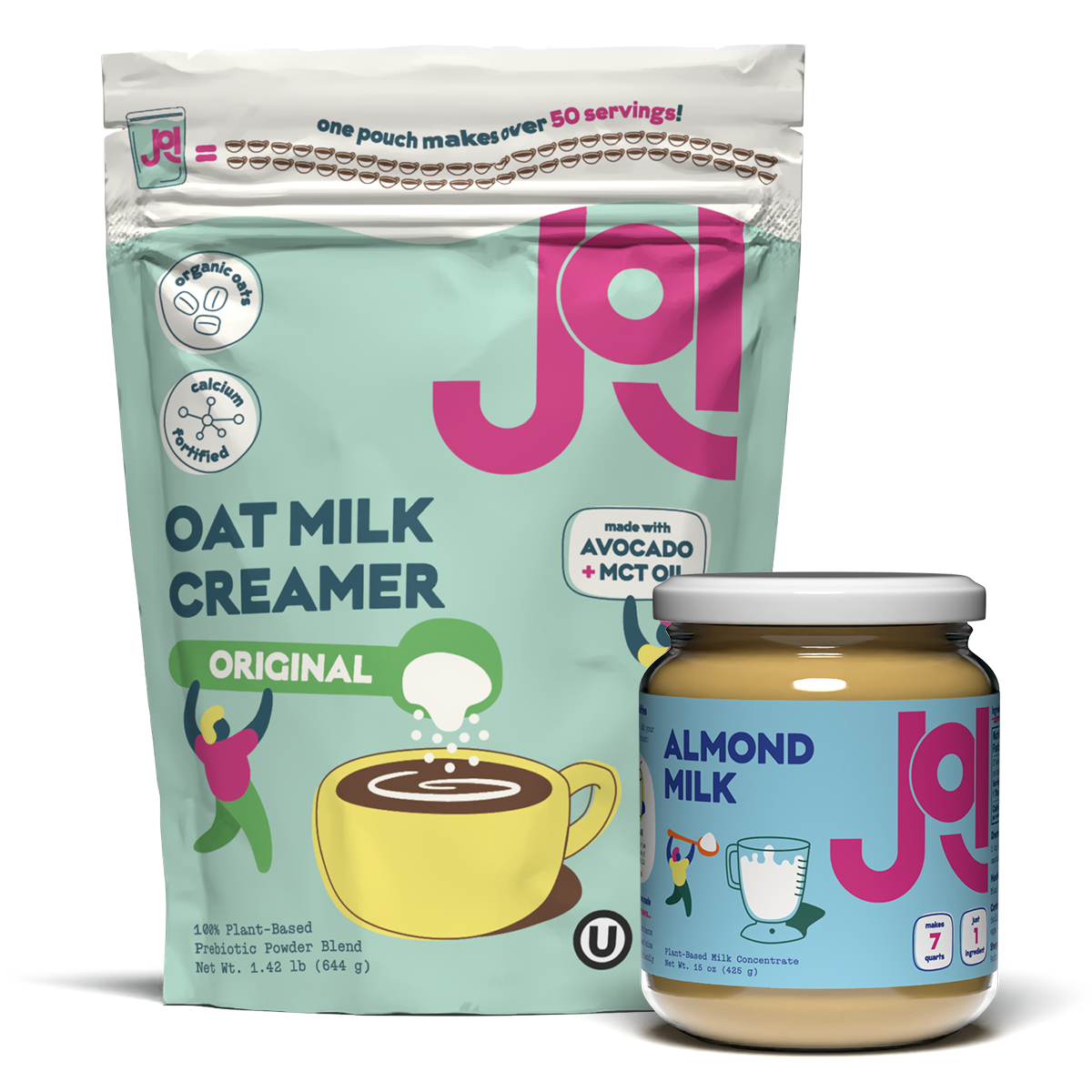
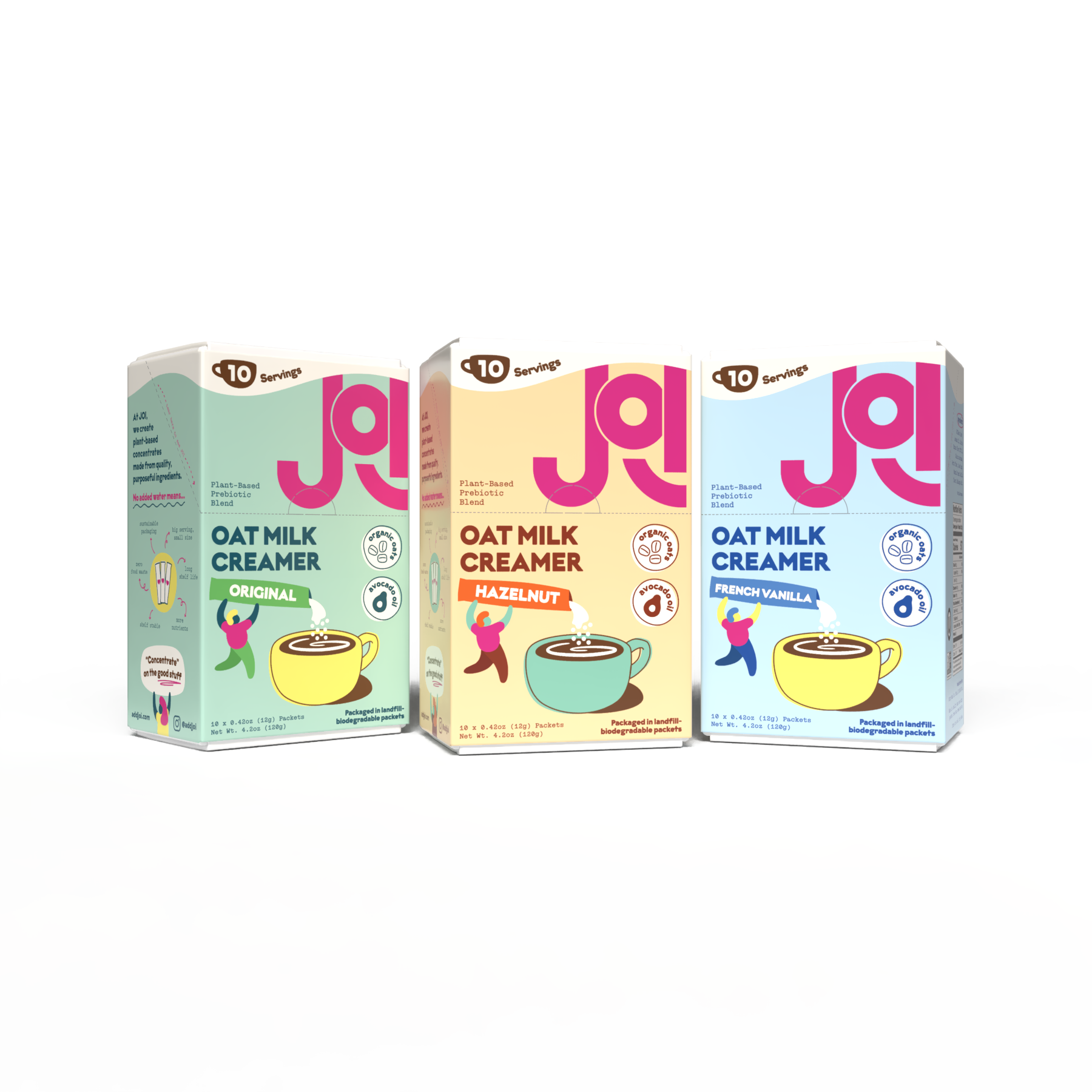
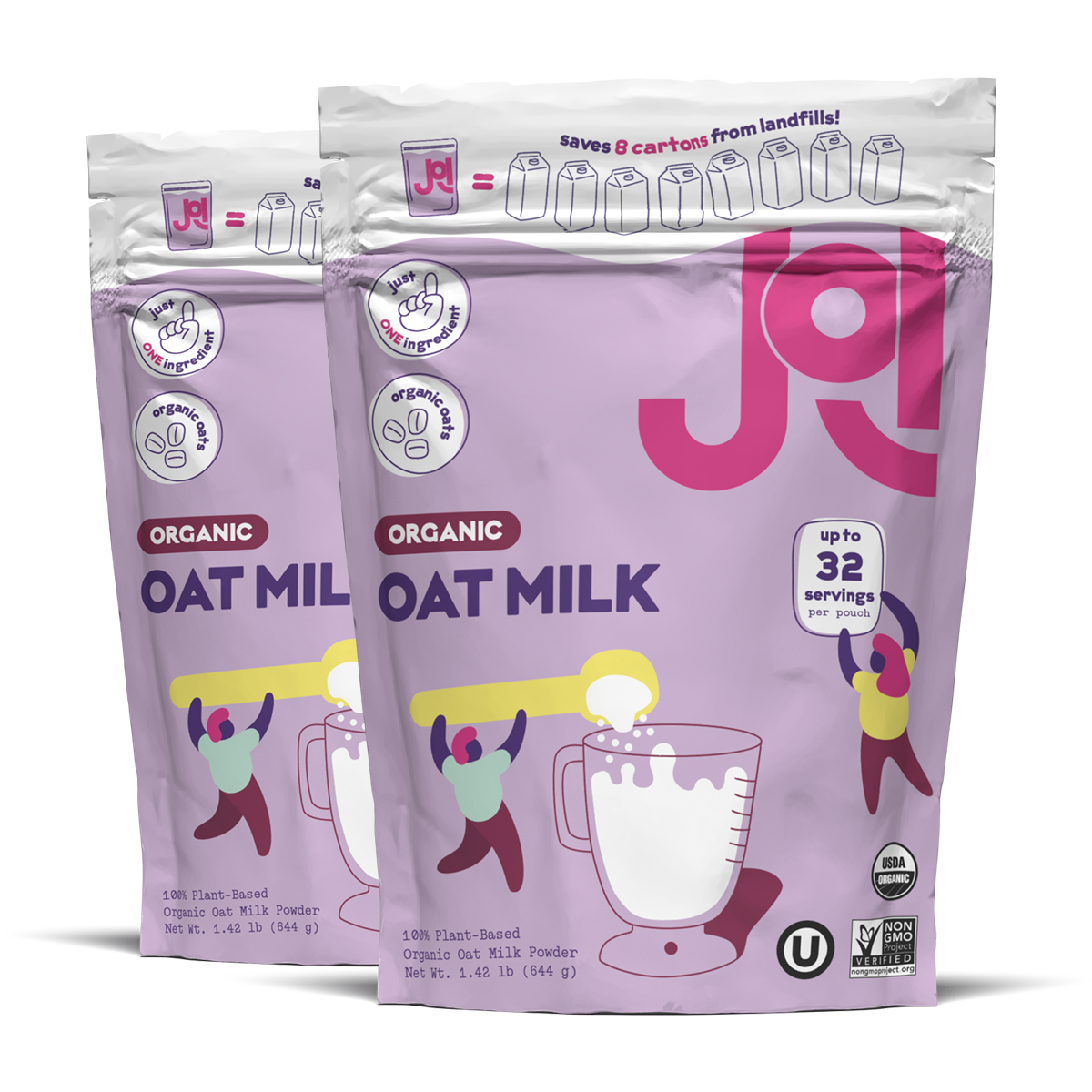

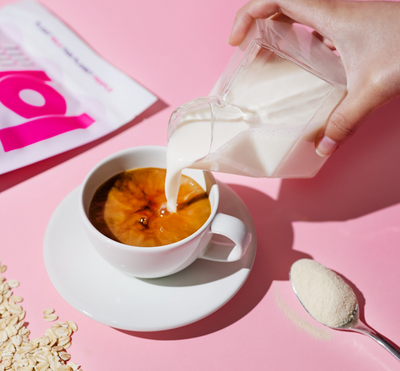

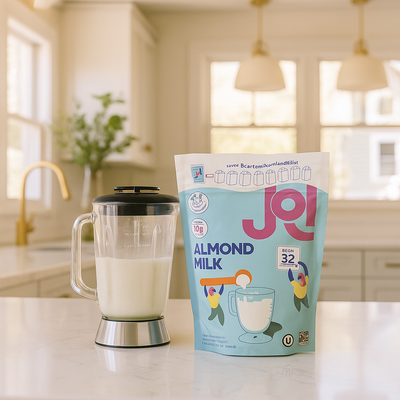


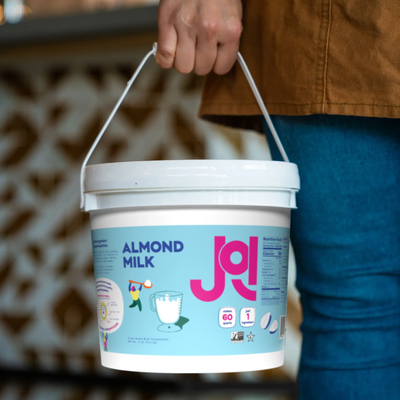
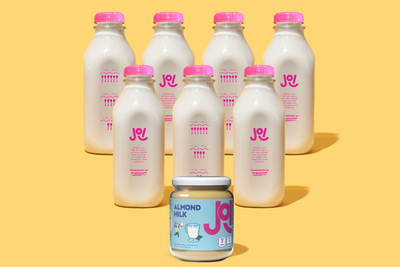

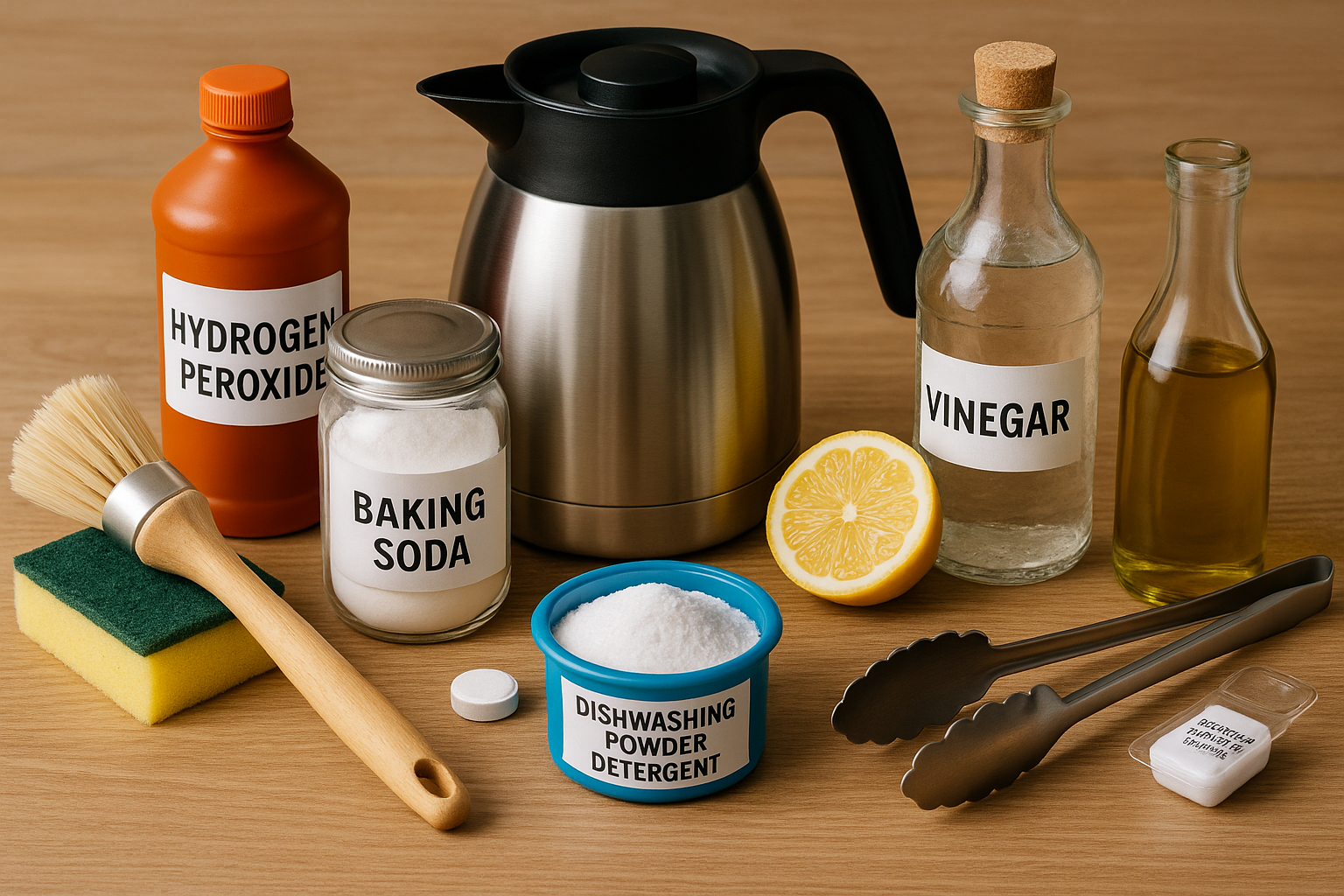



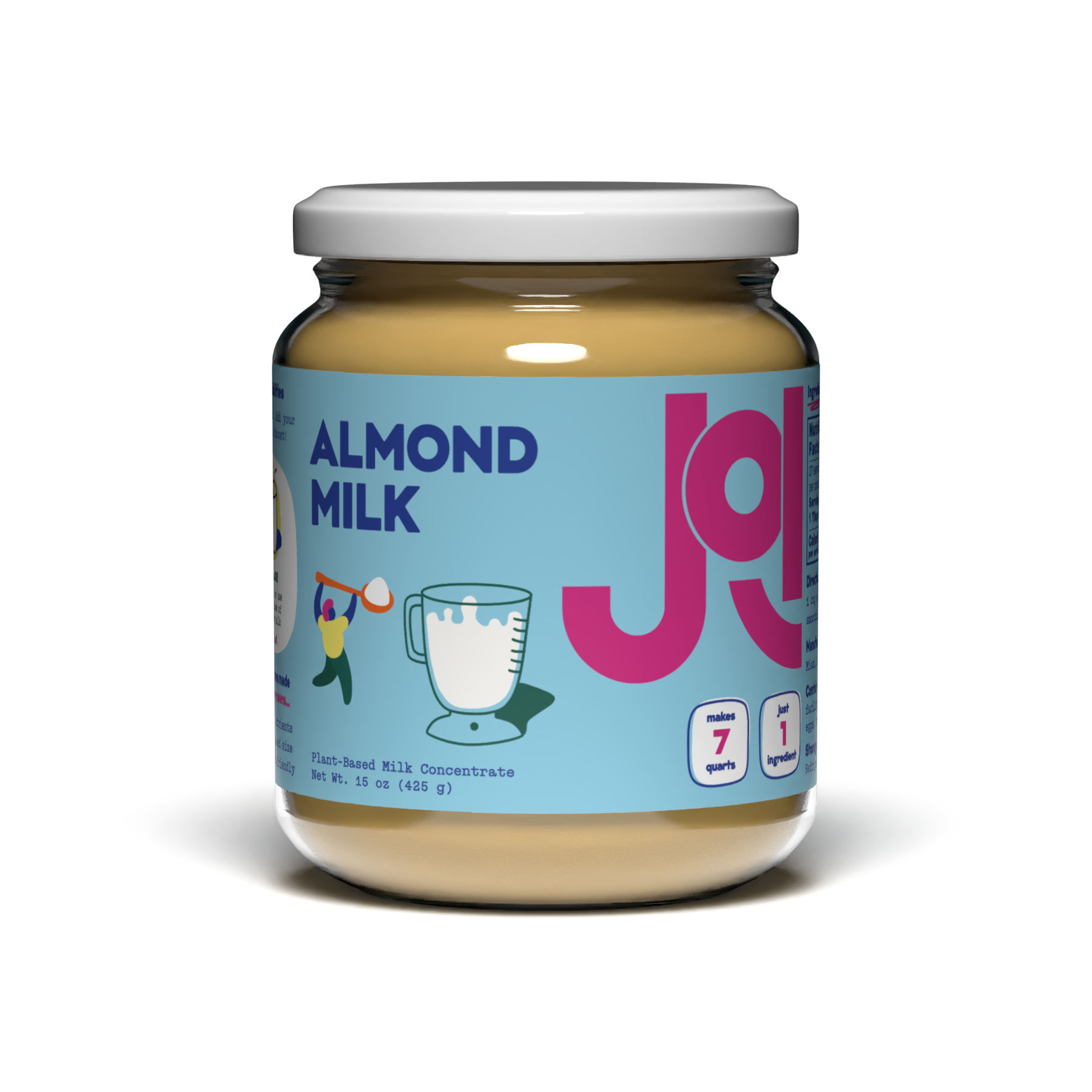

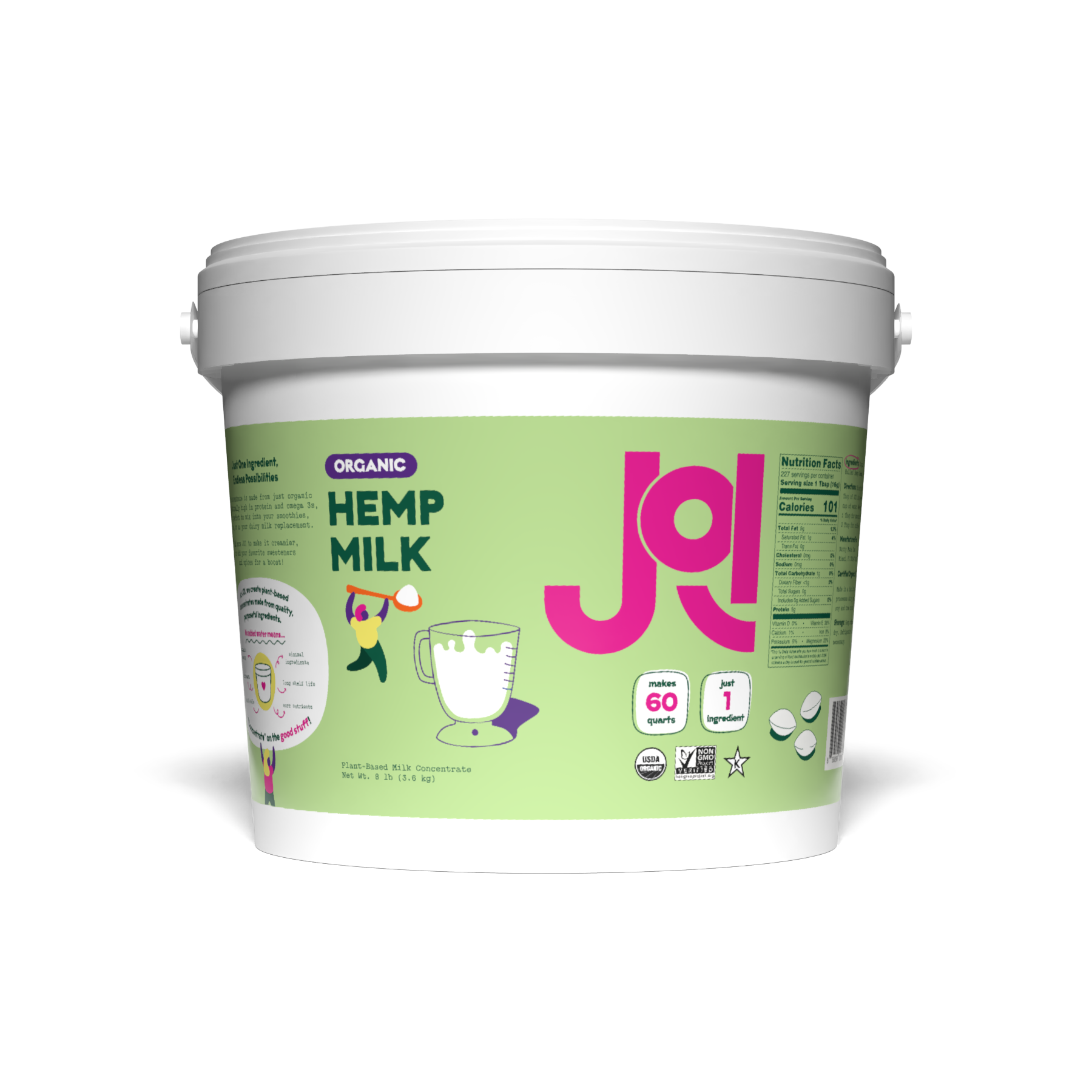
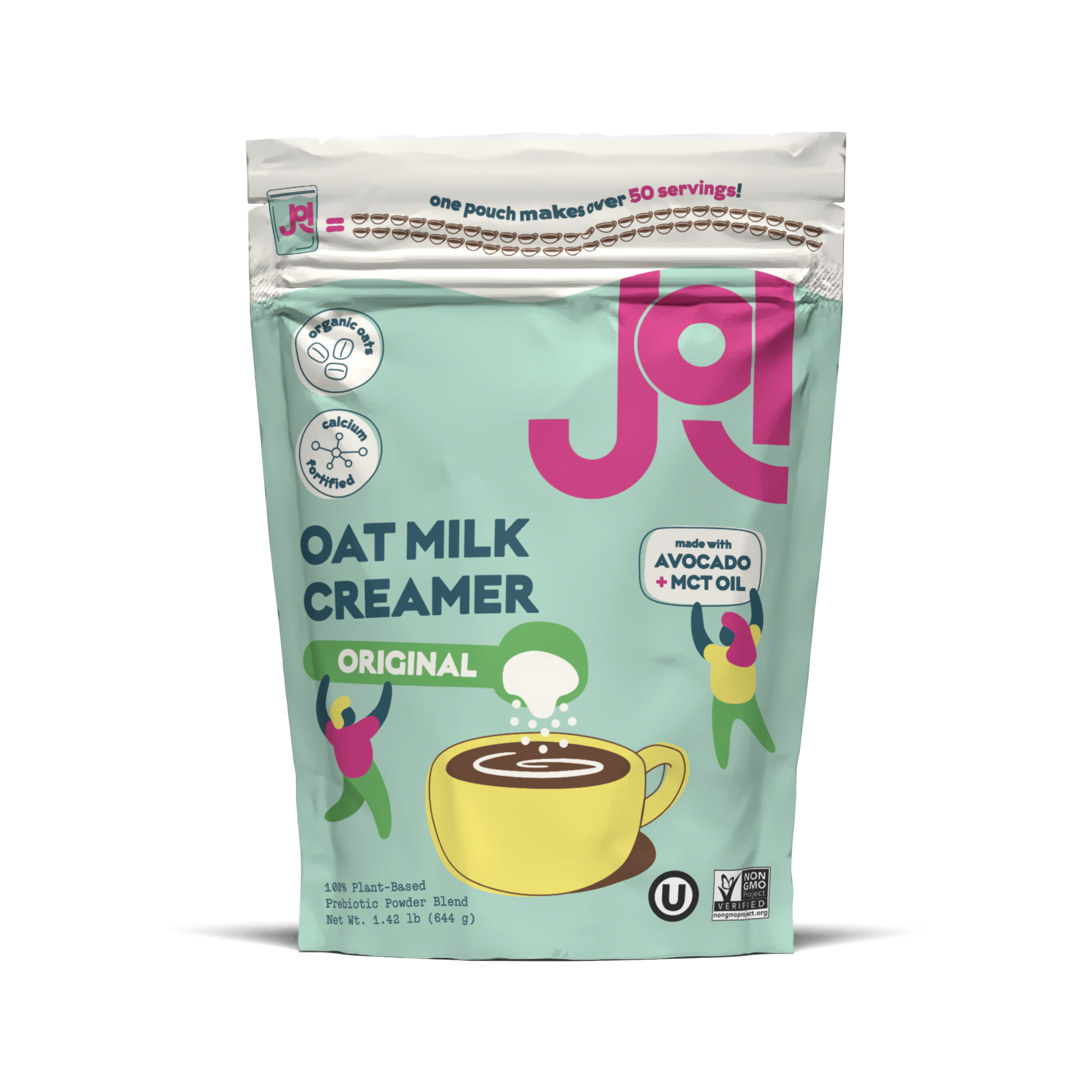
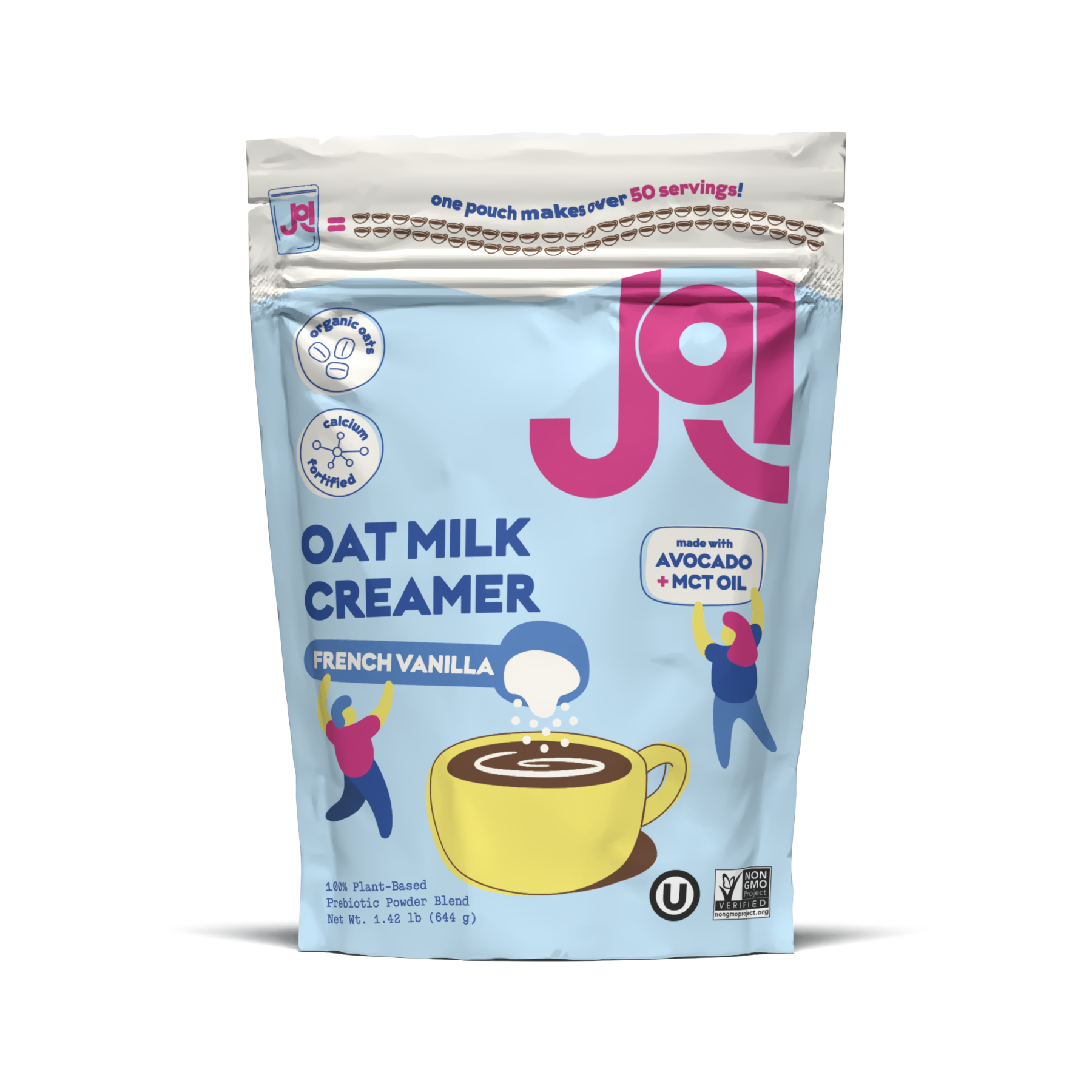


 CHECKOUT
CHECKOUT